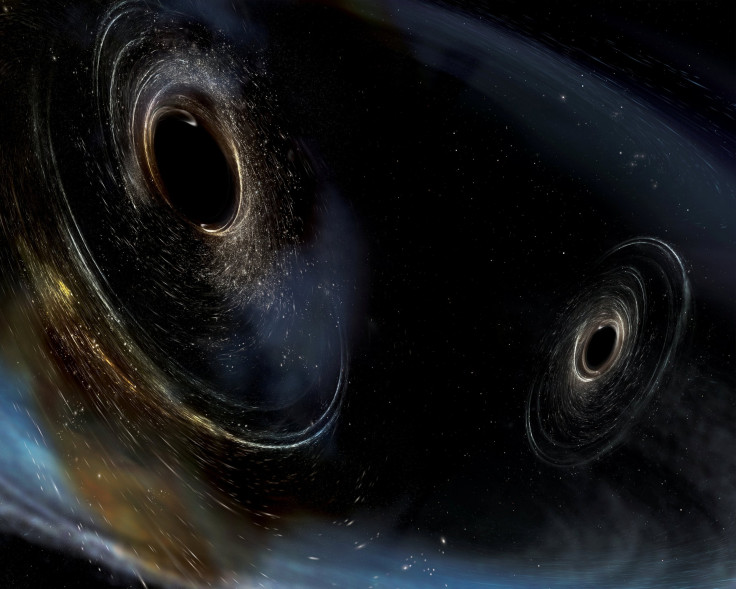Breakthrough discovery: Supermassive black holes orbiting each other due to merging of galaxies; Insights into evolution of galaxies

Researchers at the University of New Mexico have observed and measured, for the first time, orbiting supermassive black holes in a distant galaxy. The discovery of the two black holes orbiting around each other is hailed as “groundbreaking.”
The scientists used radio telescopes to detect the black holes in radio galaxy 0402+379. Prof. Greg Taylor from the university said that researchers had been trying to find a pair of supermassive black holes orbiting each other due to the merging of two galaxies. Such a phenomenon had long been described in theory. However, none had been observed until now. The two objects have been lying at the centre of the two galaxies since 2003.
Scientists argue that the pair is orbiting too slowly to come together within the estimated remaining age of the universe, unless there is an added source of friction. However, the team believes that study findings, published in The Astrophysical Journal, will offer great insight into ways to find various binary black hole systems. The study will also be crucial in understanding how black holes merge and how they affect evolution of galaxies around them. The astronomers believe that when large galaxies combine, black holes eventually follow suit.
The recently discovered supermassive black holes could be undergoing an intermediary stage. The galaxy in which the black holes have been discovered was found in 1995 and is about 750 million light years away. The two black holes are at a distance of 217 trillion kilometres. They have a combined mass that is 15 billion times that of the sun. One of the black holes is orbiting the other over a period of 30,000 years.
“What we’ve been able to do is a true technical achievement over this 12-year period using the VLBA to achieve sufficient resolution and precision in the astrometry to actually see the orbit happening. It’s a bit of triumph in technology to have been able to do this ... Super-massive black holes have a lot of influence on the stars around them and the growth and evolution of the galaxy. So, understanding more about them and what happens when they merge with one another could be important for our understanding for the universe,” Taylor said in a statement.





















